Project Engagement Models
Intergy Consulting has several different project engagement models, which have been designed to suit any client and project, and ultimately improve its prospect for success and growth.
• Choose an engagement model that suits your specific needs and maximise value for money.
• Factors to consider are: the scope of the project, desired budget and timeframes, and also your own in-house capabilities and capacity.
Traditional Waterfall Model – Fixed Scope, Time and Cost
- Business Requirement Analysis and Software Requirement Specification document preparation
- Project plan for Development, User Acceptance Testing and Go Live
- High and Low Level System Design
- UI/UX Designs
- Development
- QA Testing (Functional, Security, Performance)
- User Acceptance Testing
- Go Live
- Post Launch Support and Monthly Maintenance
Agile Team – Time and Materials
This model offers high value and flexibility for the clients who don’t necessarily have a fixed scope of works and/or have evolving project requirements. In order to ensure greater transparency we follow strict project management practices and provide regular reports of various tasks carried out and time taken. Resources for this model are allocated on the based on client requirements or based on the project complexity and technology knowledge requirements, and might include project managers, system architects, business analysts, front and back end developers, and testers. Cost is billed per hour (and may vary depending on resource type). Discounts apply to larger projects.




